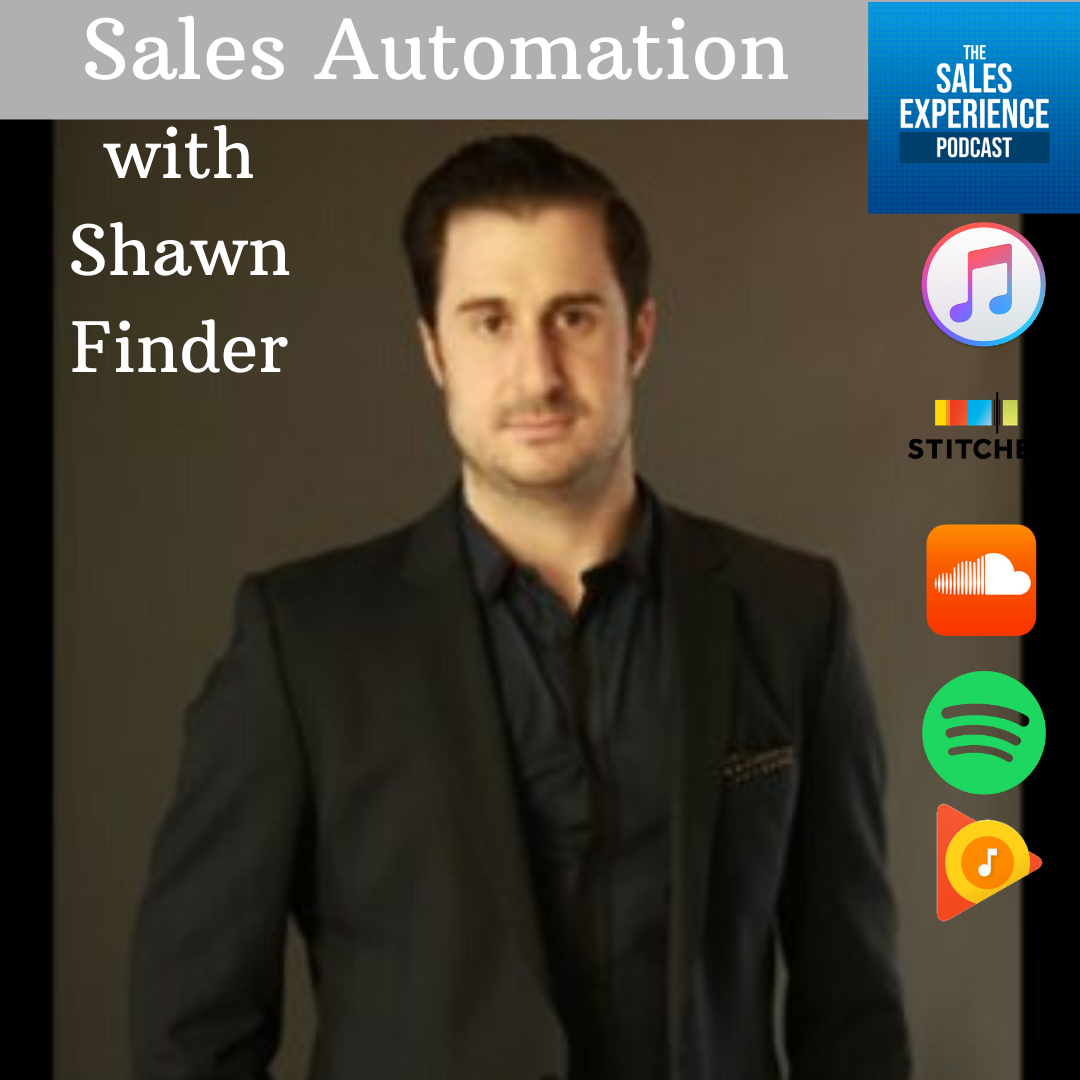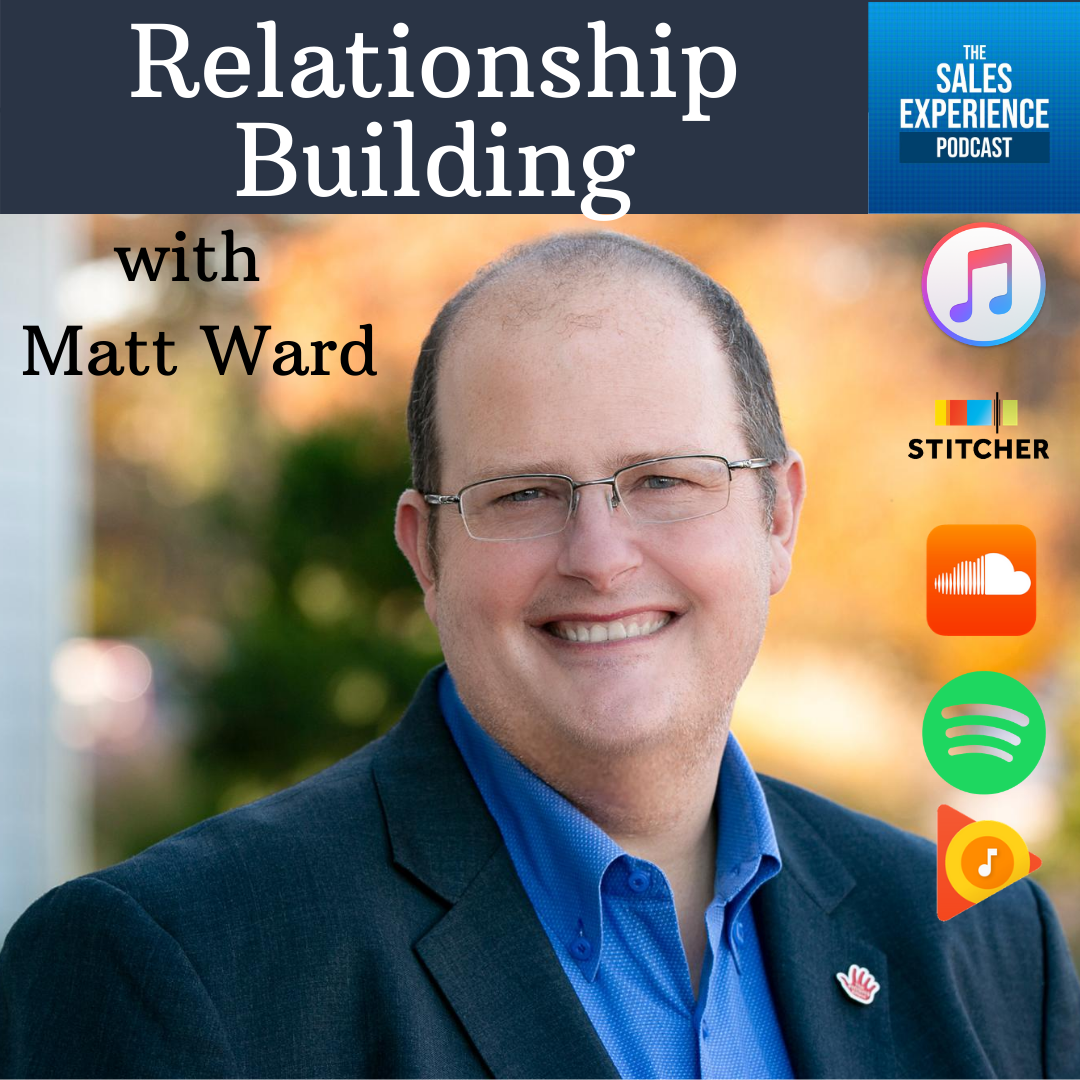Episode Transcript
[00:00:00] Speaker A: Welcome to the authentic persuasion show. On this episode, I want to replay part of a previous show. Maybe you heard the original full length episode and this could be a great refresher and reminder. Or maybe this is your first time hearing this content and the timing could be just right to help you leverage authentic persuasion today in your role, no matter what. Here's to your success.
[00:00:21] Speaker B: This is the authentic persuasion show.
It's not urgency's fault. Here's when urgency typically feels bad. Gross, ineffective. Wrong, manipulative.
[00:00:35] Speaker C: Right.
[00:00:35] Speaker B: You can use whatever words you want, is usually when it's done early, when it's two things. One is when it's done early in the sales process, like right out of the gate, somebody's pushing for you to buy right now and they don't know you. They don't know if it's a good fit. They're just pushing you. They just assume you need this. Assume you need this now. Like, you know, think of. Think of those, like, depending on where you live and what experiences. If you've been in a mall recently, just think about last time you were in a mall, like an indoor shopping mall, especially here in the US, and walking down the middle and there's all these. These, like, booths, right? These stands that have popped up. They weren't there when I was a kid, but this is now a thing. And then those people in there, like, they actually have rules now that they can't, like, be too pushy. But there was a period of time.
[00:01:23] Speaker C: There where there was no rules.
[00:01:24] Speaker B: And if you walk by, they are just really pushy. Pushy and urgent. Like, you've got to try this.
[00:01:29] Speaker C: You try this skincare, try this cologne. You need this. Hey, buy this. Come here.
[00:01:33] Speaker B: Like, that is what doesn't feel good. And that's when urgency is done in a way that makes it feel like urgency is the problem. Again, the other part is the intent, right? Where it's, you know, I don't necessarily.
[00:01:46] Speaker C: Care what you want or need or.
[00:01:48] Speaker B: Why you might be saying no today and that you need to wait until next month, but I'm going to push you anyway and make it happen. Now, there's always a fine line because sometimes people are saying no or not ready or not yet, because they, you just didn't do a good job at sales, right? Like in persuading them in uncovering their needs, their wants, uh, their timeline, their, you know, whatever. And they're using that as an objection and an obstacle so they can just get away from you and get away.
[00:02:20] Speaker A: From the sales process.
[00:02:21] Speaker B: So it is a delicate balance. I work with a lot of companies and a lot of individuals where sometimes it's a valid reason for someone not to buy today. Other times it's the salesperson.
[00:02:34] Speaker C: And they didn't follow the process. They didn't use these steps, they didn't.
[00:02:38] Speaker B: Use the authentic persuasion pathway. And then what I do is I coach them and I help them by listening to calls, dissecting what they're doing. We go through their process and what they're actually saying and actually doing instead of just checking the boxes.
[00:02:52] Speaker C: Oh, I did the rapport step. Oh, I did the empathy step. I did the trust step.
[00:02:55] Speaker B: I don't know why people don't trust me. It's like, okay, but how are you doing? There's so much to it when you get down into applying it, right? It's like watching a video about golf and seeing people golf and then going out there and being effective at golfing.
[00:03:13] Speaker C: Right?
[00:03:13] Speaker B: Like being able to do it and consistently. Cause I will say my golf game is very inconsistent. I'm pretty good at hitting the ball most of the time.
Not always sure where it's going to go, but I'm good at hitting it most of the time. When I'm really dialed in, it's when and when I have somebody helping me, it's really. Then it's going to be more consistent. Right. I know if I use this club and I swing like this, it should go mostly in this direction and then just keep moving forward.
![[760] Avoiding Pushy Sales Tactics](https://episodes.castos.com/salesexperiencepodcast/images/1828716/c1a-4d8w-wwz22jjnak32-juiknm.png)


